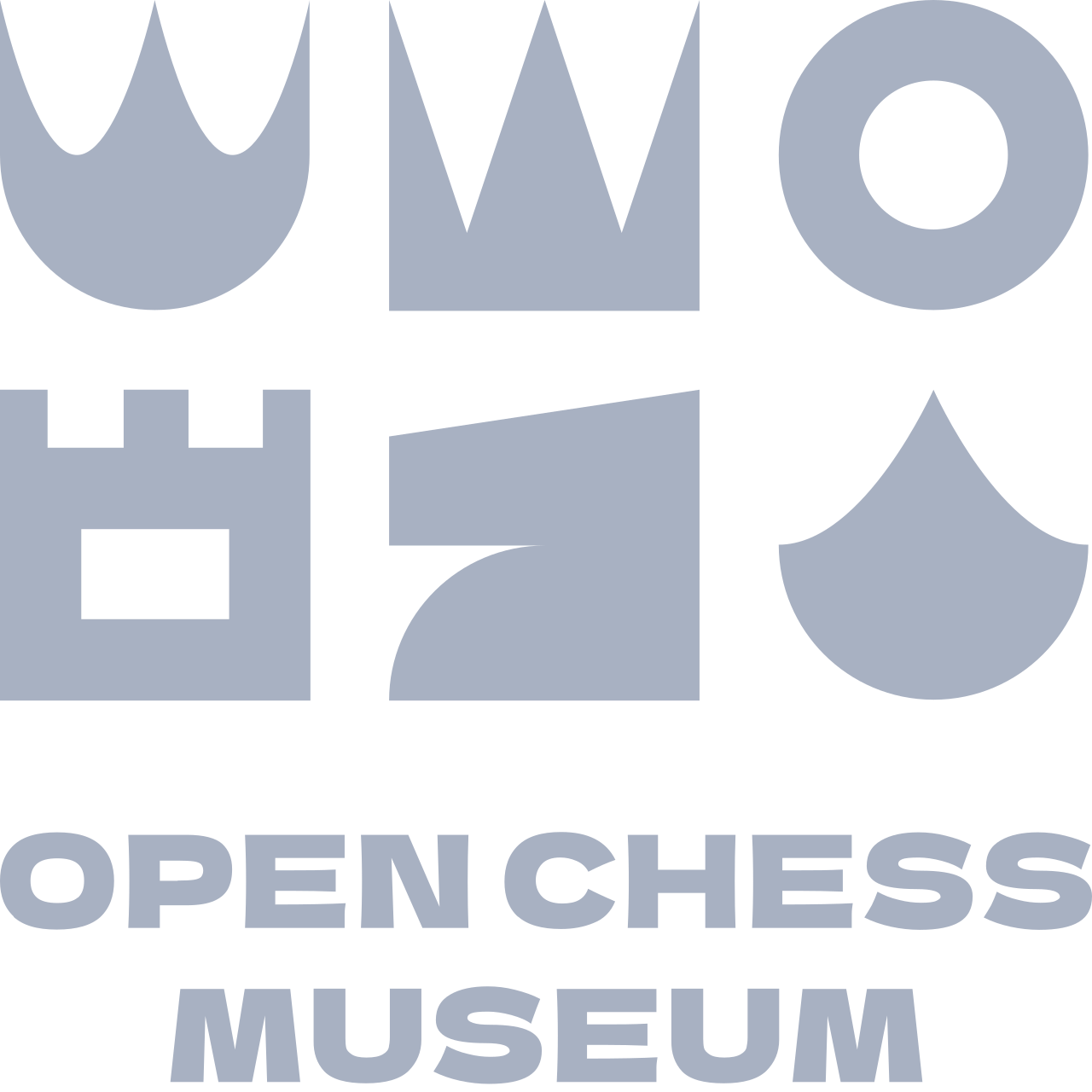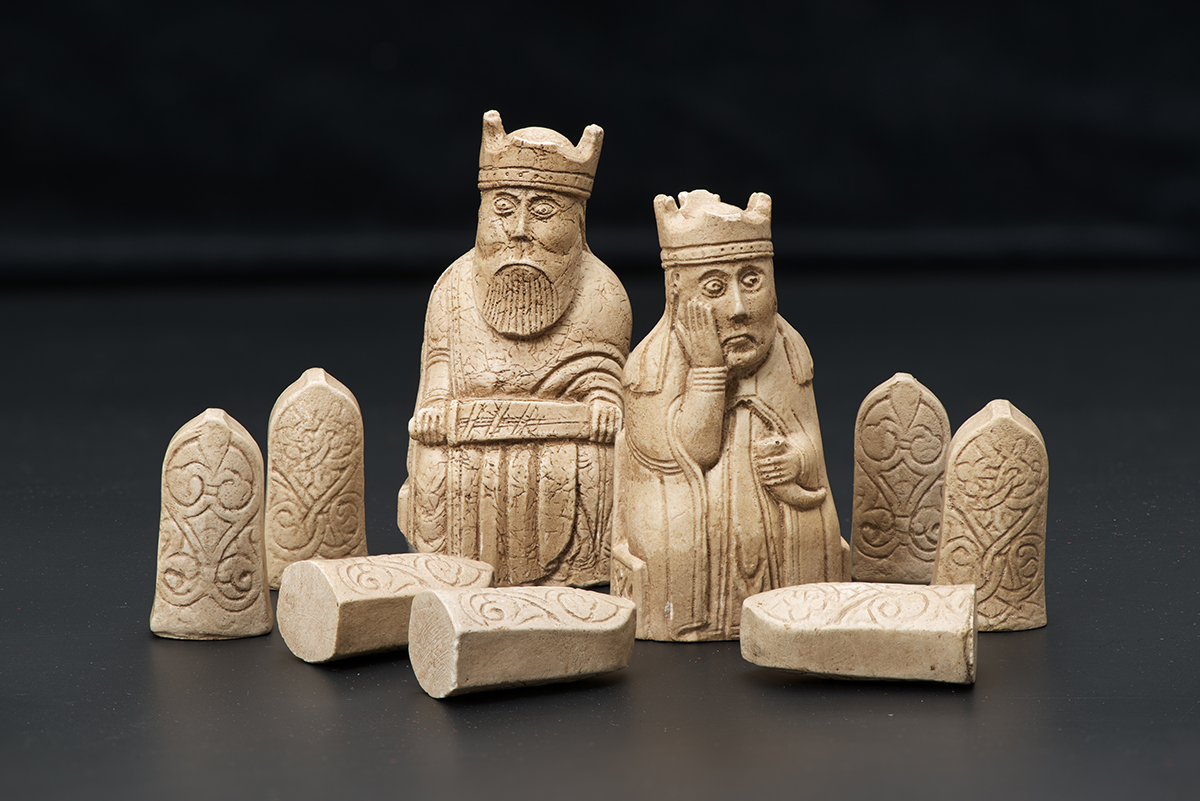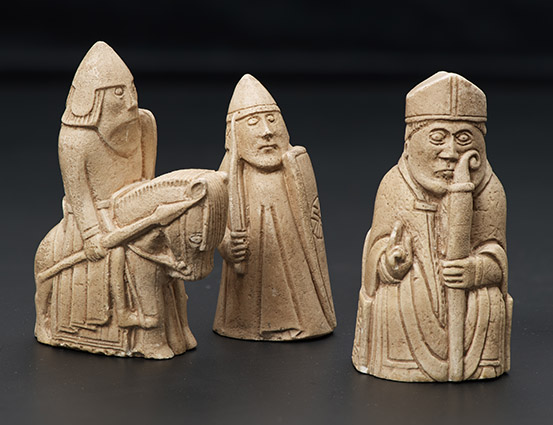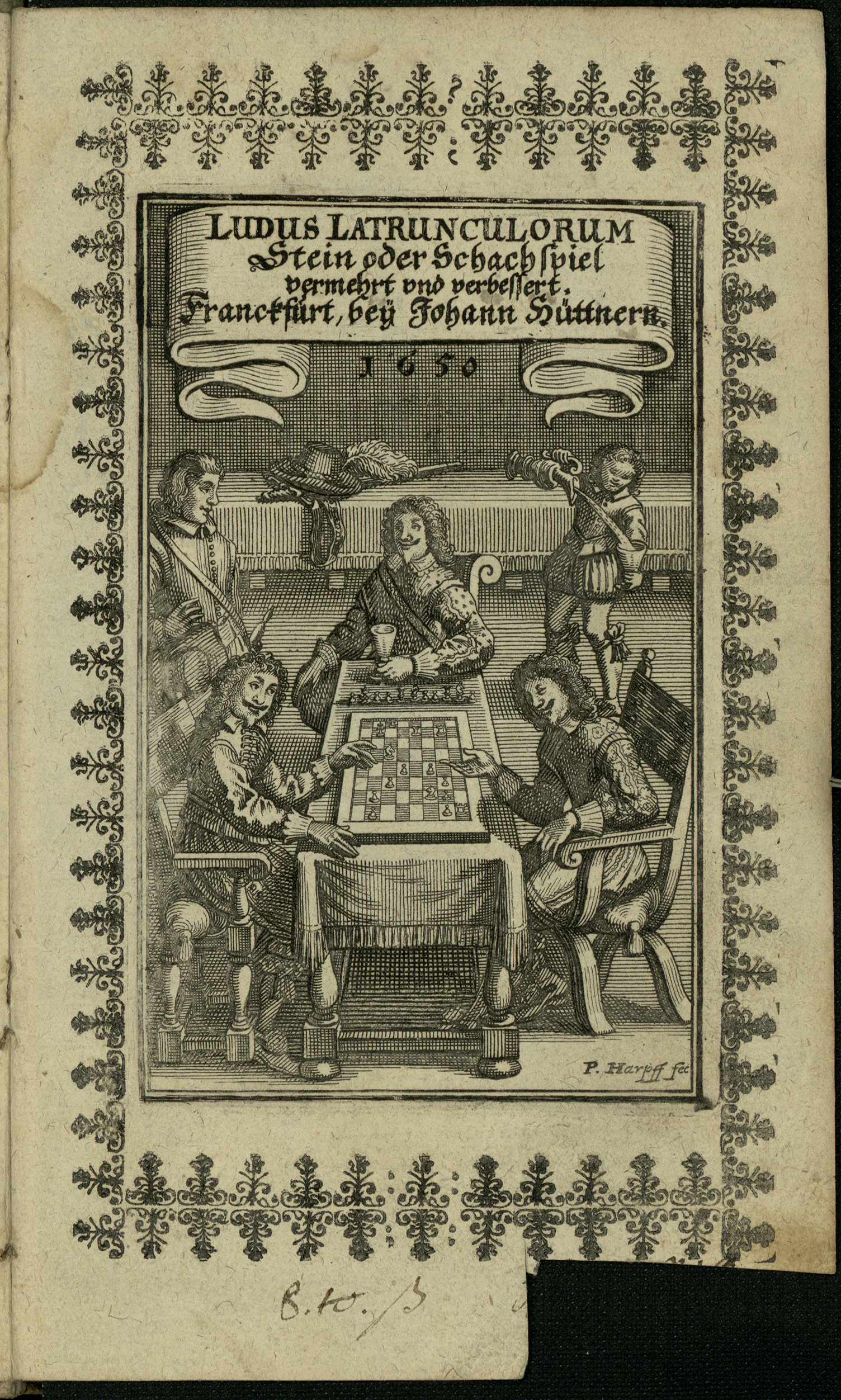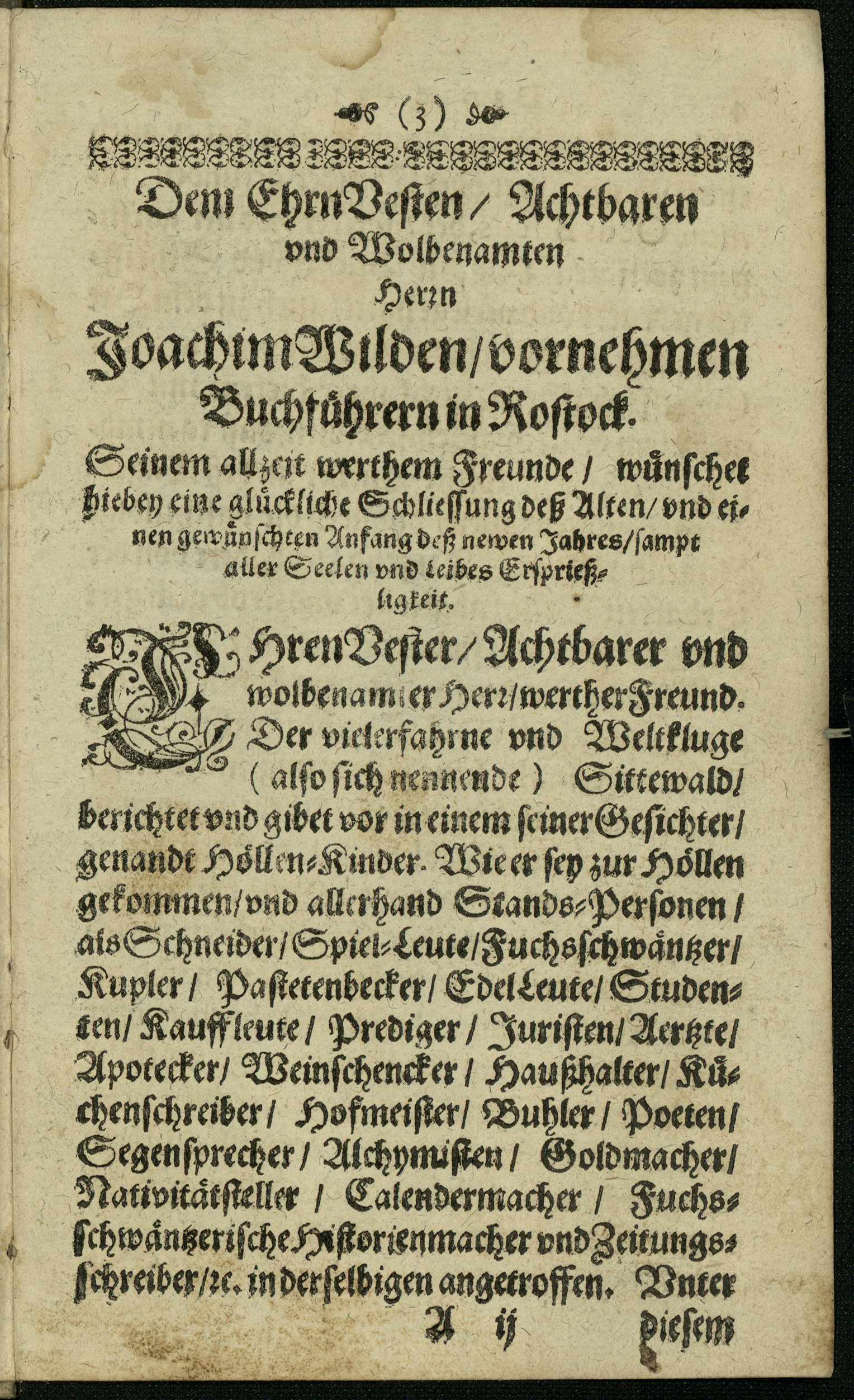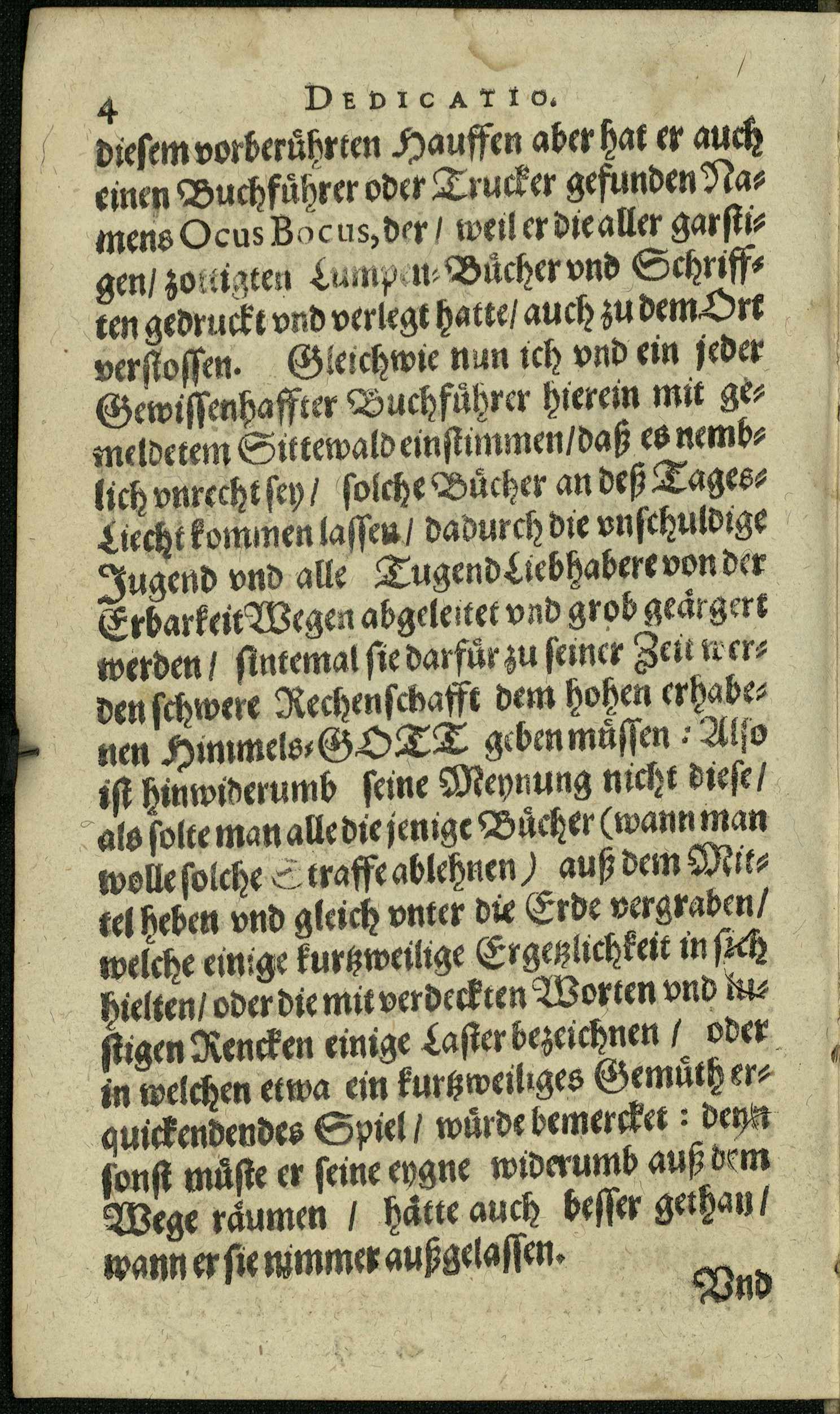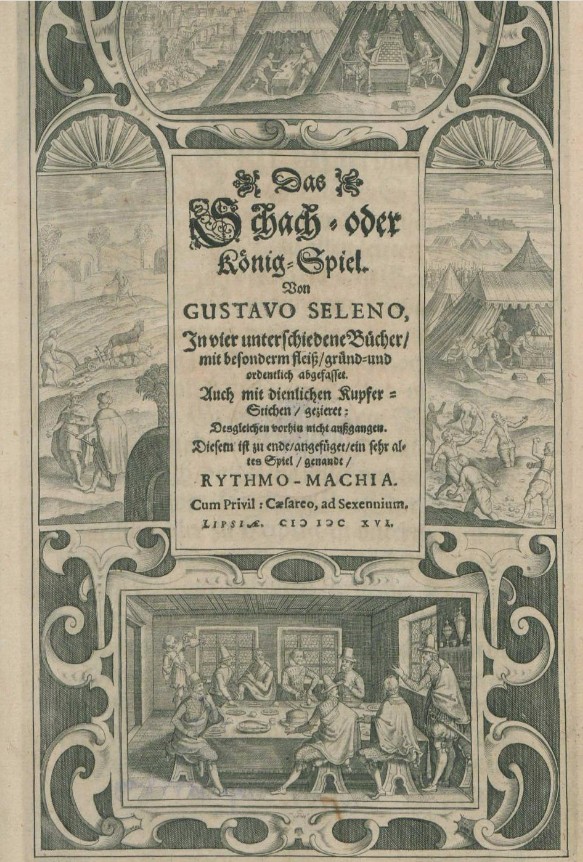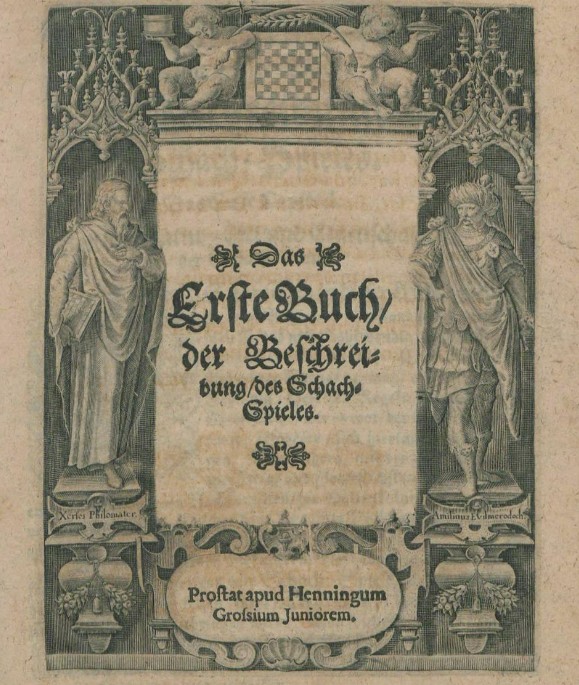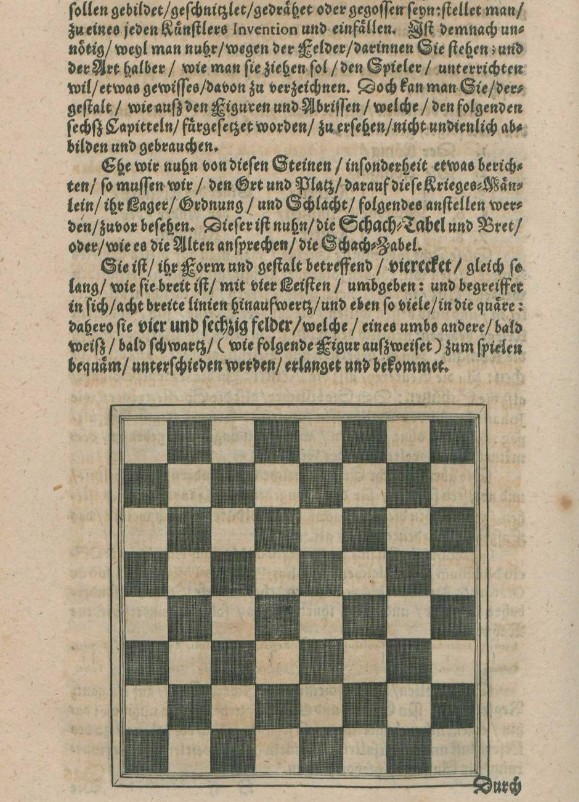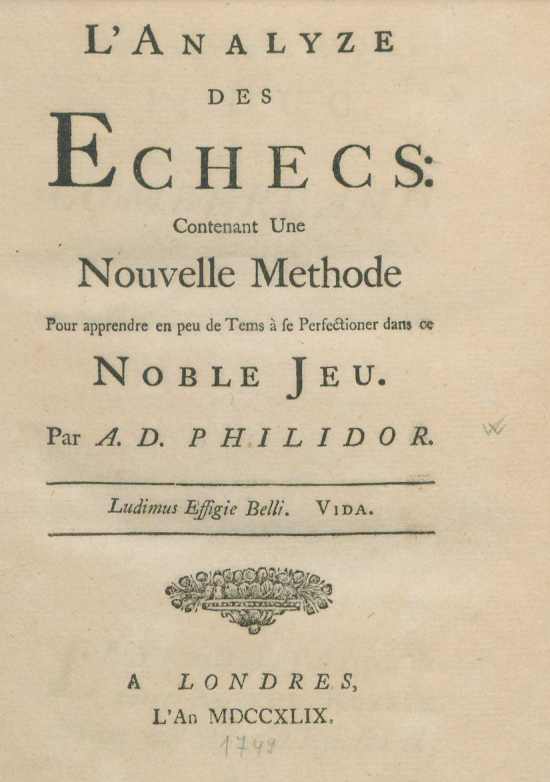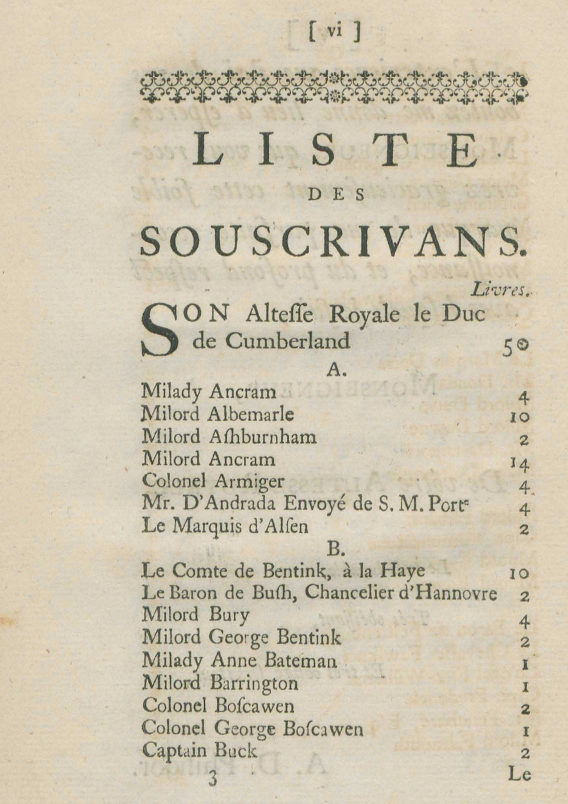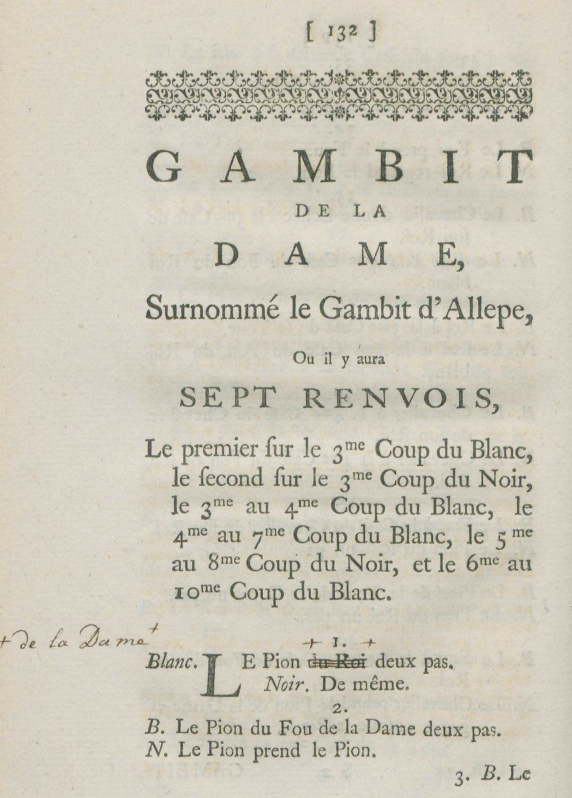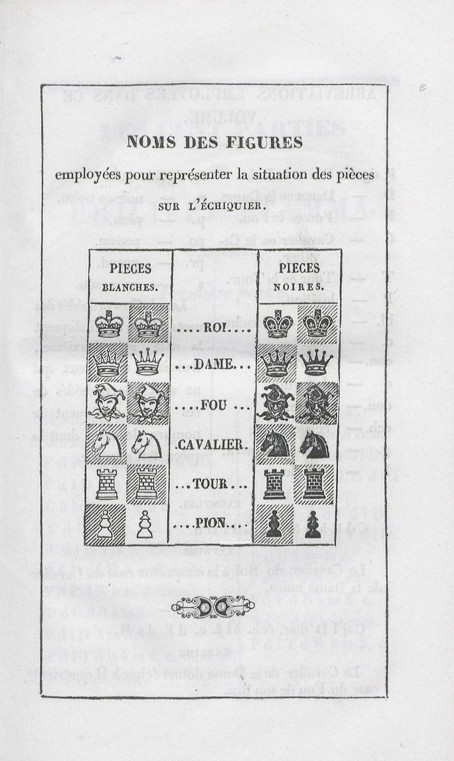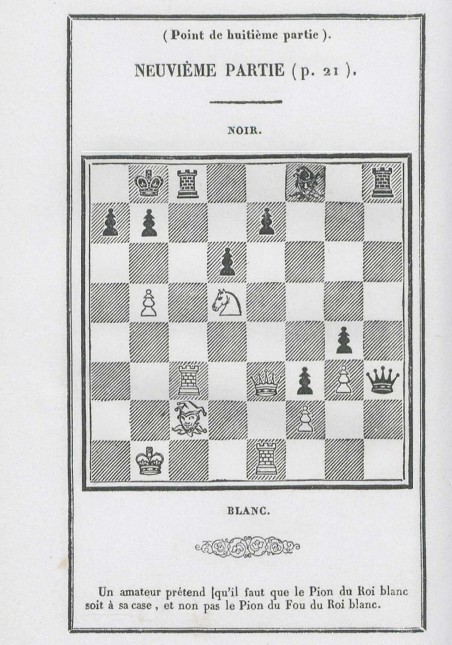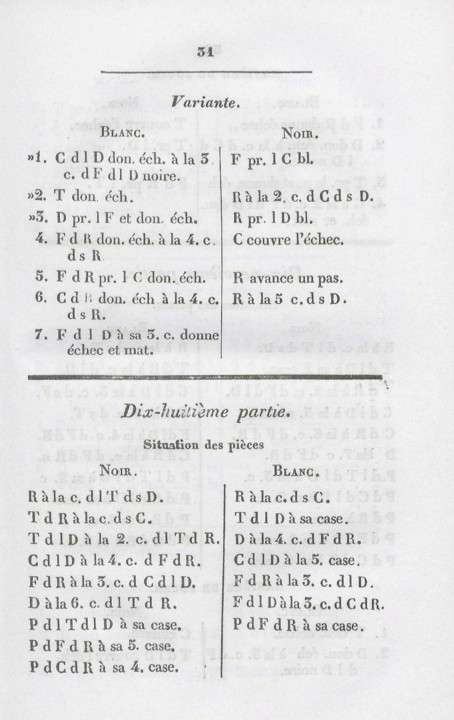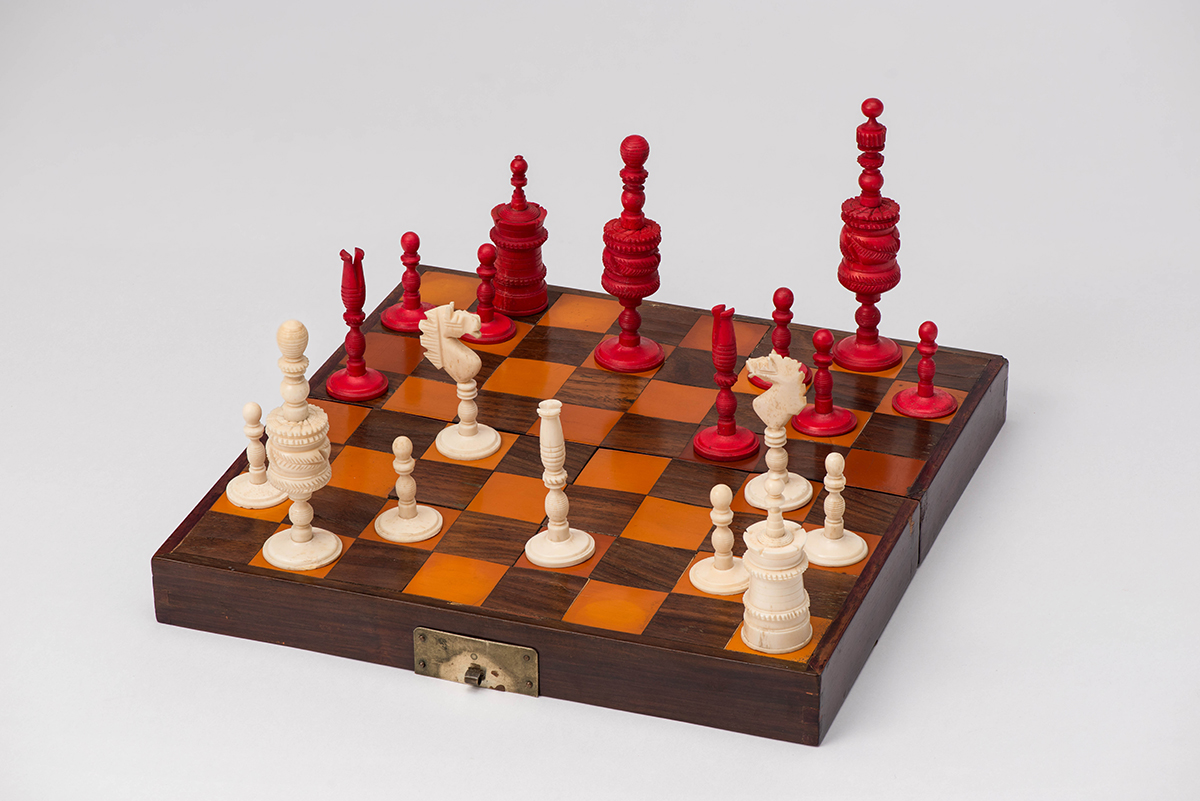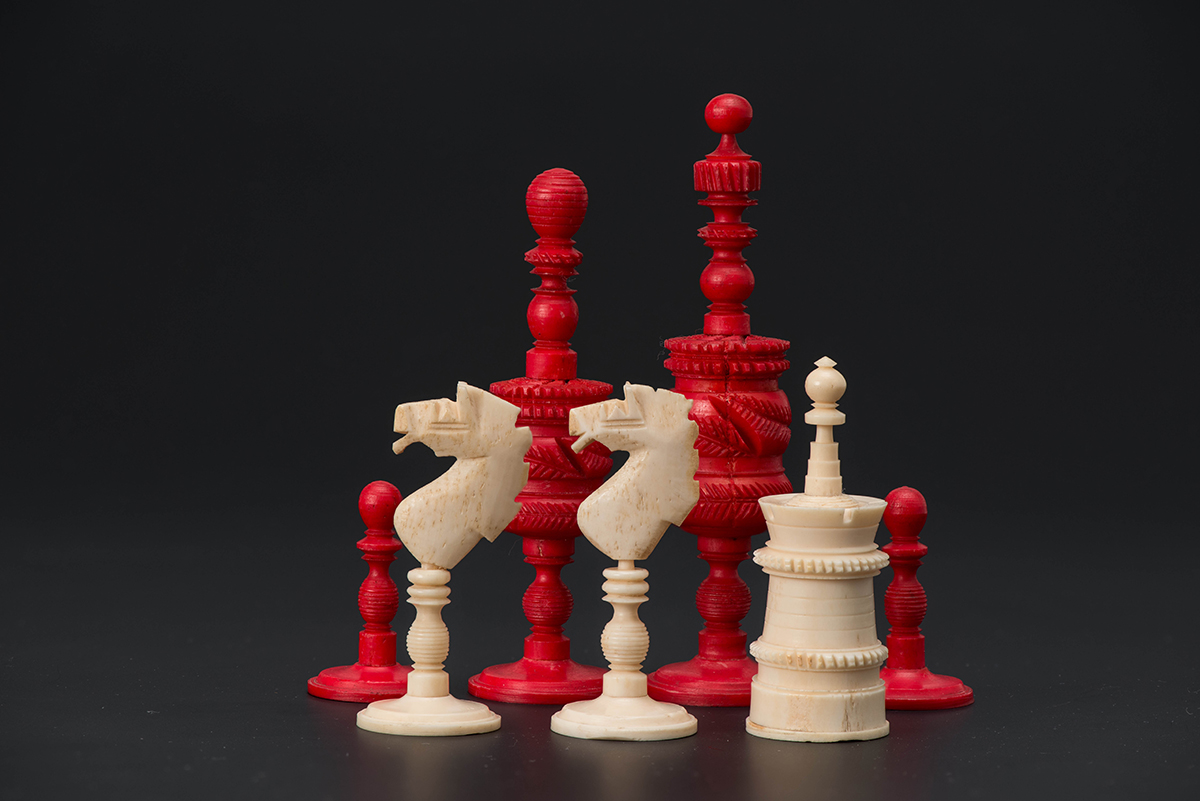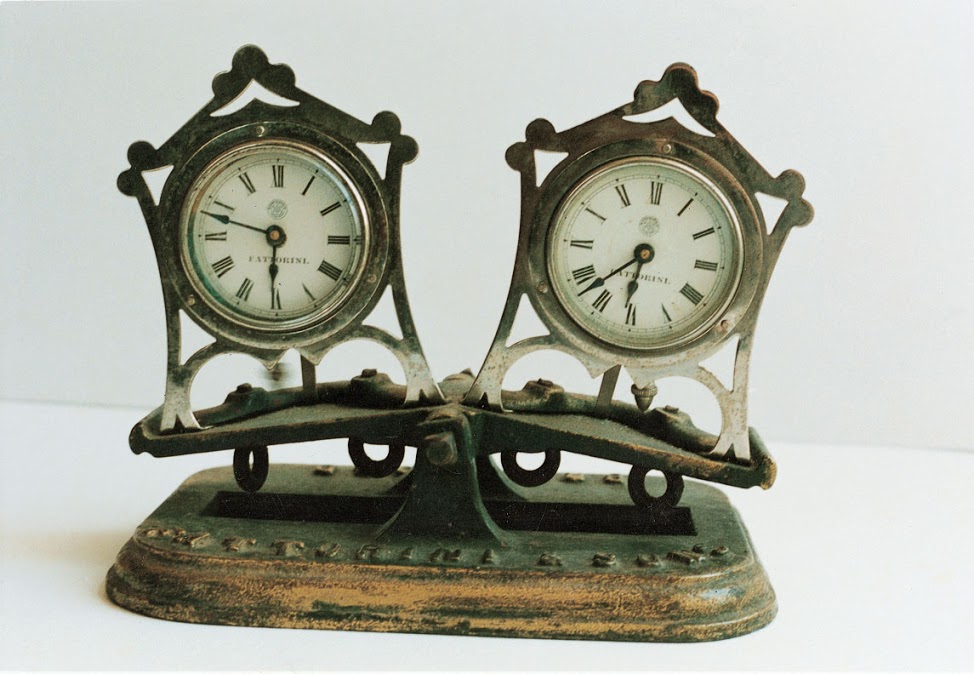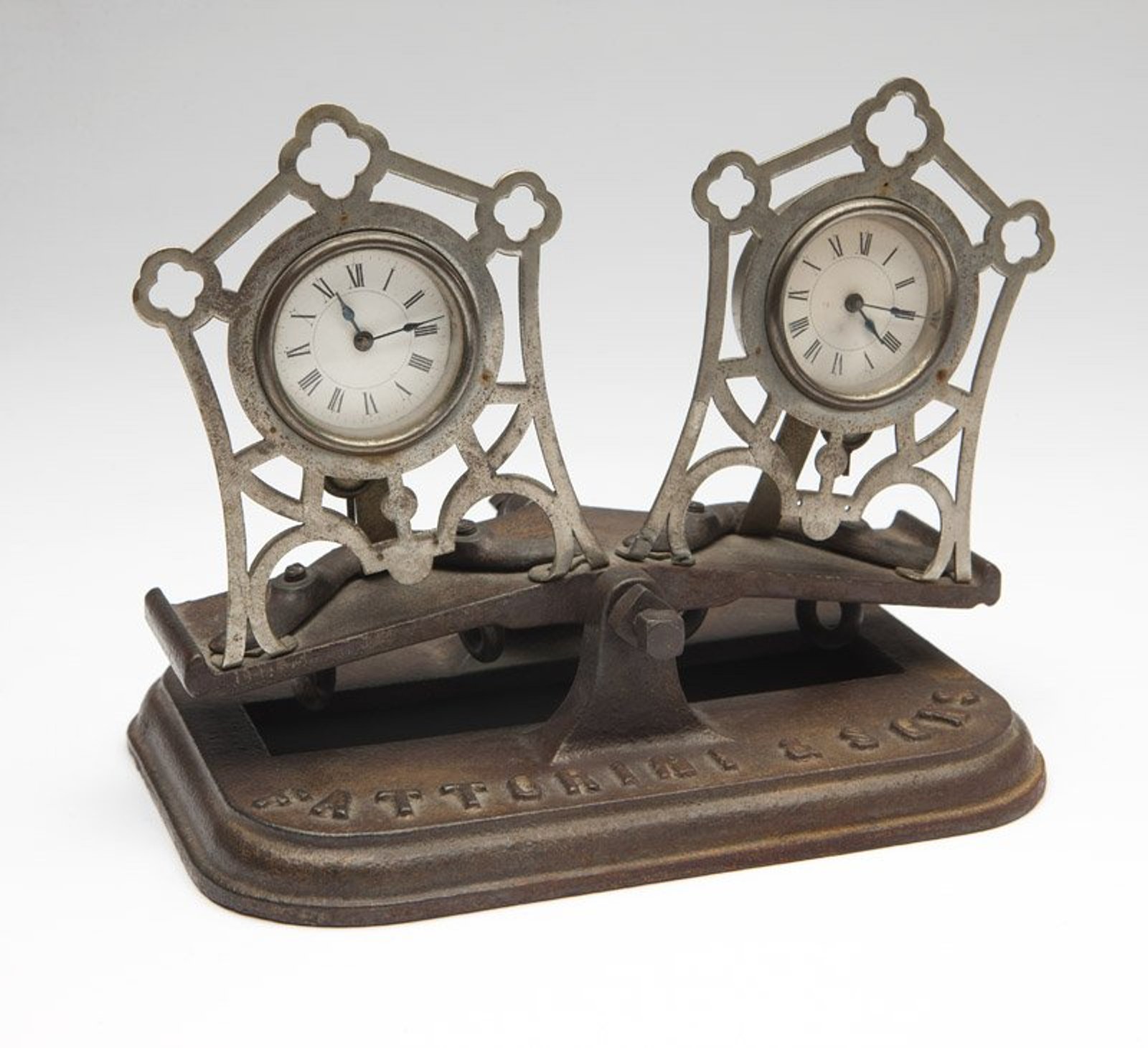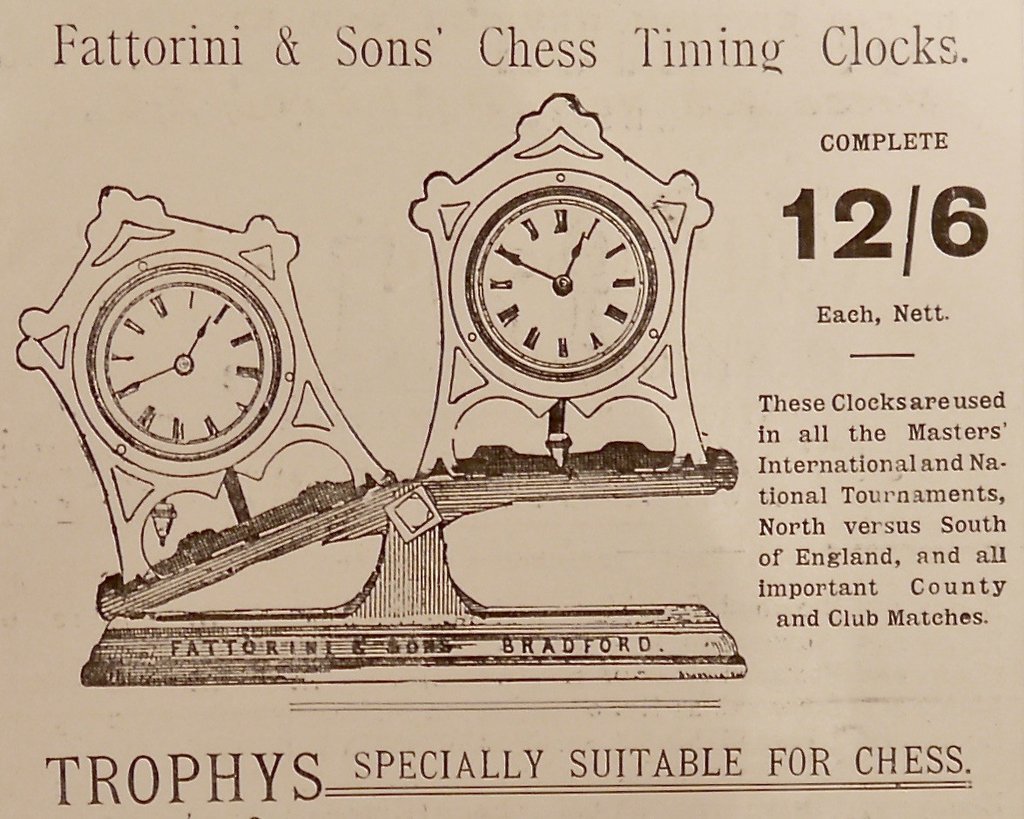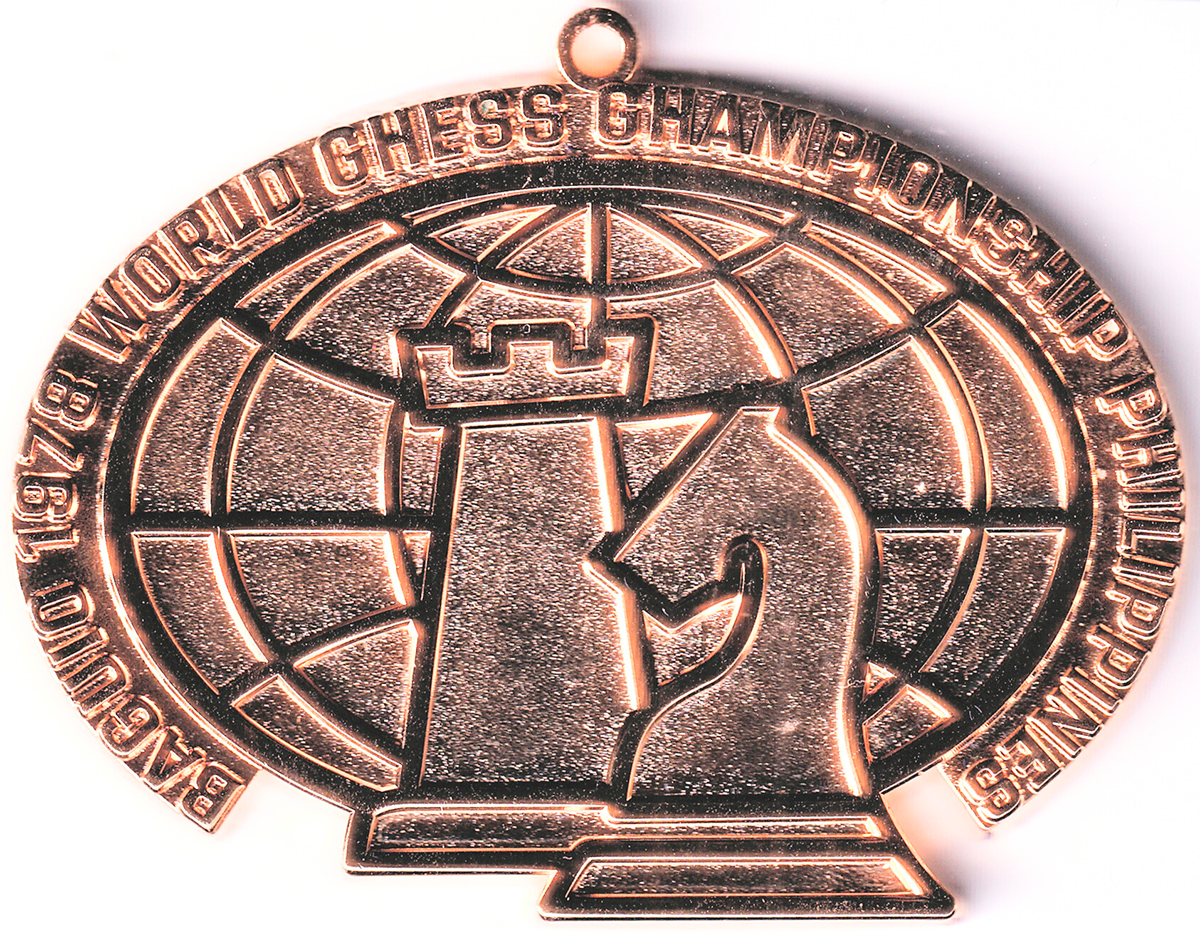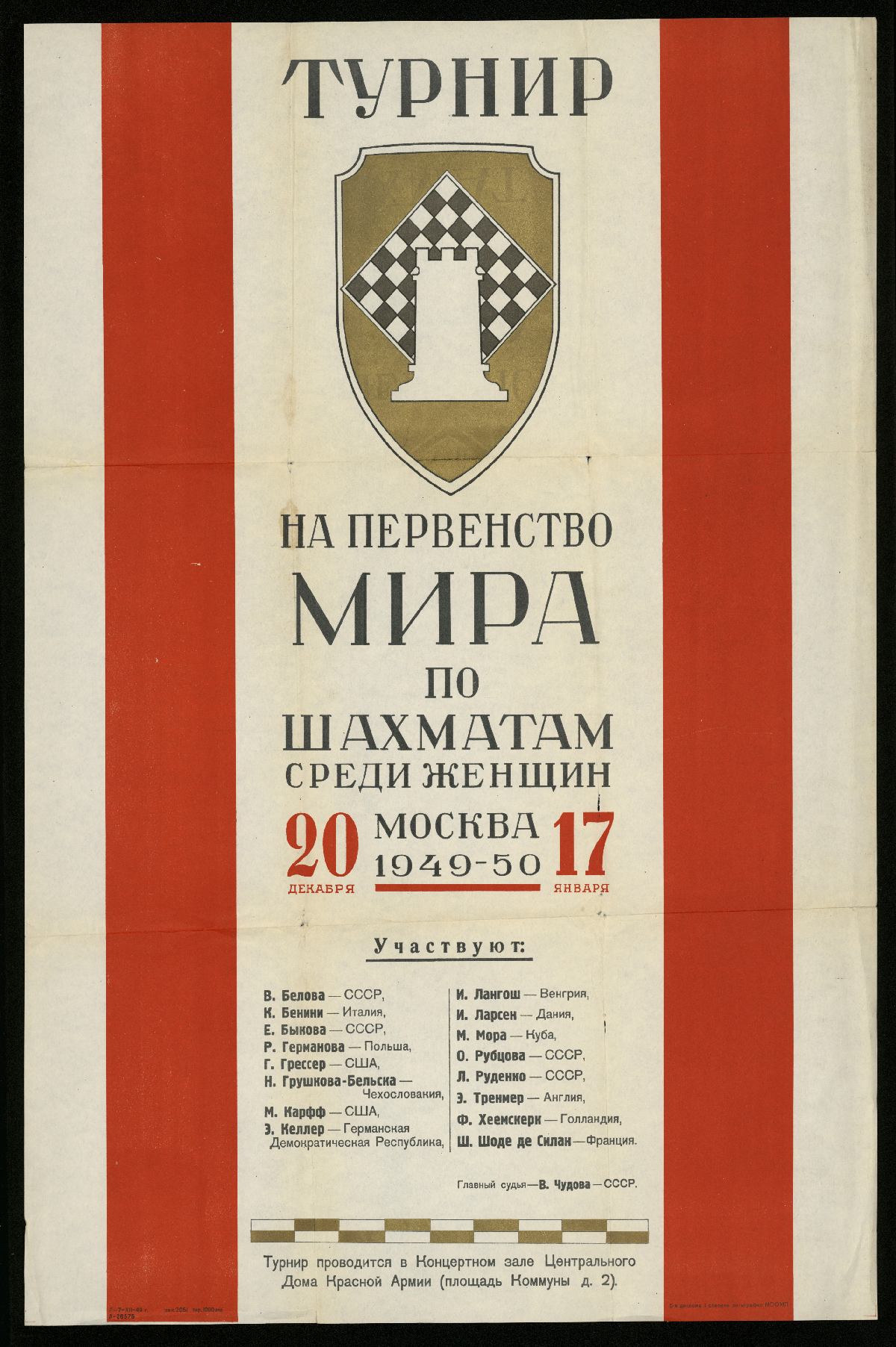Chess before the 20th century
Chess is as old as the hills. These ten exhibits will take you on a journey from the 12th century to the end of the 19th century
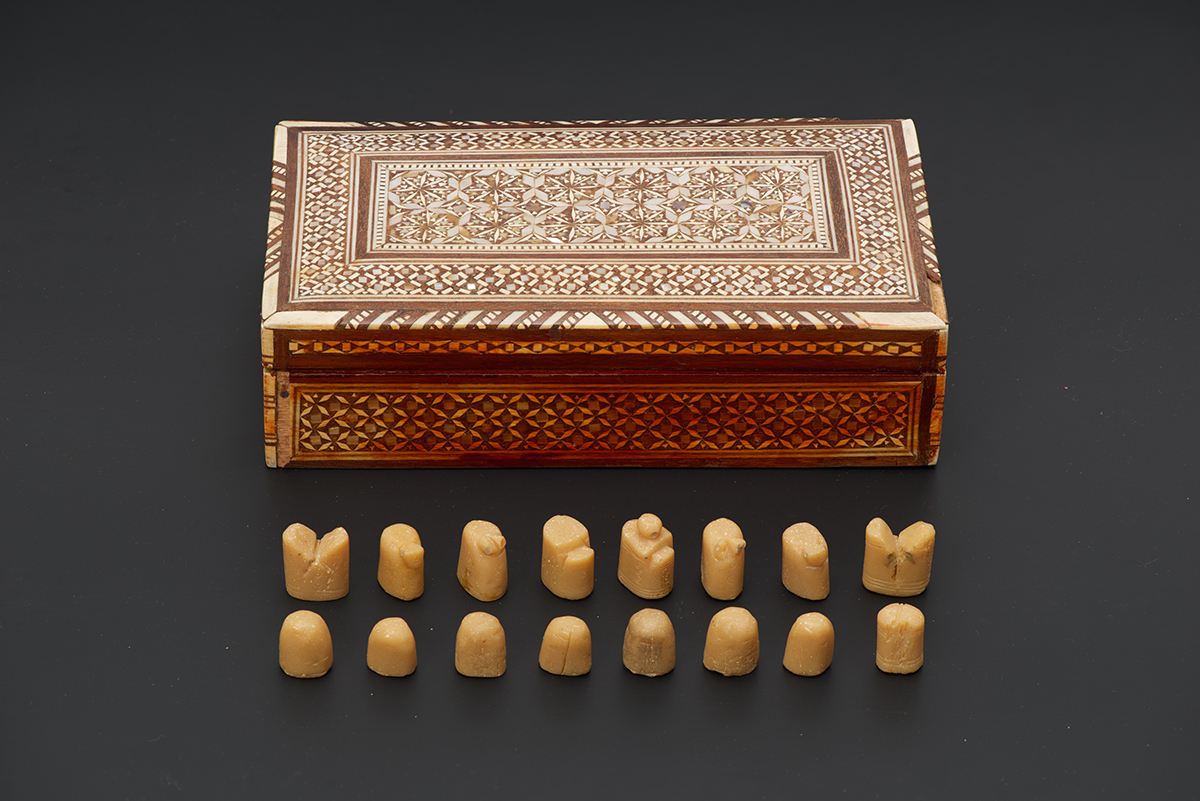
Period
12th centuryPlace
Iran
Category
The Game
Shatranj
In 1976, the famous grandmaster and rarity enthusiast David Bronstein returned home with a unique trophy: an unusual chess set in a box inlaid with mother of pearl. The pieces are so abstract that none can be identified without hints. All were made using the technique of medieval Persian chess — shatranj, as they called the game in the Arab East. Since Islam forbade the depiction of human figures and animals, we can only guess their identities: a symbolic elongated horse muzzle on the second piece from the edge; slightly protruding elephant tusks on the next piece. The king is depicted as the royal throne, while the queen (“vizier” or “prime minister” in the East) is also a throne but a less lavish one. The edge piece is a mysterious creature, the Roc, a mighty and formidable mythic bird. Europeans later saw the silhouette of a fortress wall merlon (the rook) in its shape. The heyday of shatranj in the East began in the 10th–11th centuries, when the first recognized masters, like Al-Suli, made history. The celebrated poet Omar Khayyam (1048–1131) even described life through chess: 'Tis all a Chequer-board of Nights and Days Where Destiny with Men for Pieces plays: Hither and thither moves, and mates, and slays, And one by one back in the Closet lays.
1 of 2
Period
12th centuryPlace
Lewis Island, United Kingdom
Category
The Game
Viking chess set
Perhaps the most famous European chess pieces from the Middle Ages were found by pure chance under still unexplained circumstances. It is only known that they were discovered off the coast of the Isle of Lewis, west of Scotland, in 1831. Having changed hands multiple times, most of these pieces are now in the British Museum. Nearly three complete chess sets (along with individual pieces) have survived to this day, giving us insight into the 12th-century chess culture, when mastering the game was essential for every knight, and showcasing the advanced techniques used in chess-making. These are not abstract chessmen; the entire set, from the king to the rook, is meticulously crafted, except for the pawns, which traditionally lack anthropomorphic traits. Art historians believe that the walrus tusk chess set arrived in Scotland from Norway, which explains its alternative name, the “Viking chess set.” However, skeptics raise many questions, such as why the set includes the bishop, a piece not known in chess until the 14th century. Regardless, the “Lewis chessmen” remain a symbol of medieval chess and are often featured in film adaptations of the period.
1 of 3
Ludus latrunculorum : Stein oder schachspiel
Augustus II (10 April 1579 – 17 September 1666), called the Younger (German: August der Jüngere), a member of the House of Welf was Duke of Brunswick-Lüneburg. Considered one of the most literate princes of his time, he is known for founding the Herzog August Library at his Wolfenbüttel residence, then the largest collection of books and manuscripts north of the Alps.
1 of 4
Das Schach- oder König-Spiel
Duke Augustus was one of the most well-read and educated European rulers of his time. The famous Bibliotheca Augusta in Wolffenbüttel is named after him. In his youth he wrote the first German language book on chess, Das Schach- oder König-Spiel. it was published under the pseudonym Gustavus Selenus, the first part of which is a rearrangement of the letters in Augustus, while the second derives from Selene = Luna and forms an allusion to Lüneburg. The book is a great rarity today, not least in the apparently complete condition in which it is found here.
1 of 3
L'Analyse des Échecs
François-André Danican Philidor (1726-1795) is widely regarded as the best chess player of his age; his book "Analyse du jeu des Échecs" was first published in 1749 and was considered a standard chess manual for at least a century. The book was such an advance in chess knowledge that, by 1871, it had gone through about 70 editions and had been translated into English, Spanish, German, Russian and Italian. In it, Philidor analyzed nine different types of game openings. Most of the openings of Philidor are designed to strengthen and establish a strong defensive center using pawns. He is the first one to realize the new role of the pawn in the chess game, and his most famous advice was the saying "The pawns are the soul of chess."
1 of 3
Period
around 1810Place
Paris, France
Category
Library
Le jeu des échecs. Selon la methode
Philipp Stamma (c. 1705 – c. 1755), an Assyrian native of Aleppo, Ottoman Syria, later resident of England and France, was a chess master and a pioneer of modern chess. His name is attached to the Stamma Gambit in the King's Gambit (1.e4 e5 2.f4 exf4 3.h4) and Stamma's mate, a rather rare checkmate.
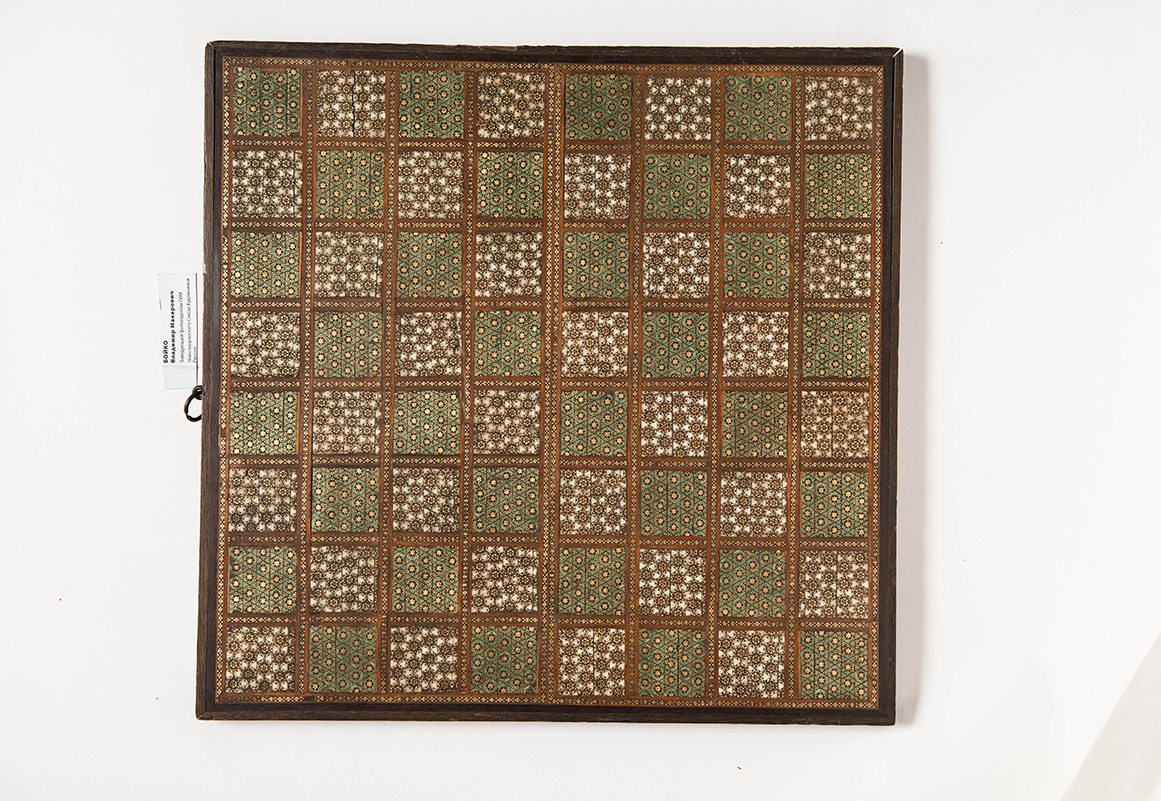
Period
17th centuryPlace
Ethiopia
Category
The Game
Mosaic chessboard
This chessboard is more than 400 years old and originates from Ethiopia. Gold thread and ivory still give the board its luster; a wooden base is reminiscent of an old Byzantine tradition consisting of carefully selecting and gluing together planks for icon painting.
1 of 2
Period
early 19th centuryPlace
England
Category
The Game
Barleycorn chess set
Barleycorn chess sets were very popular in England during the first half of the 19th century. They were carved not only from ivory but also from ordinary cattle bones. While cattle bones are not as suitable for fine crafting as elephant ivory, they still allowed for the creation of good pieces with key characteristics. The name “Barleycorn” comes from the pieces’ design, which includes elements resembling barley grains. The king and queen are decorated with barley heads or leaves.
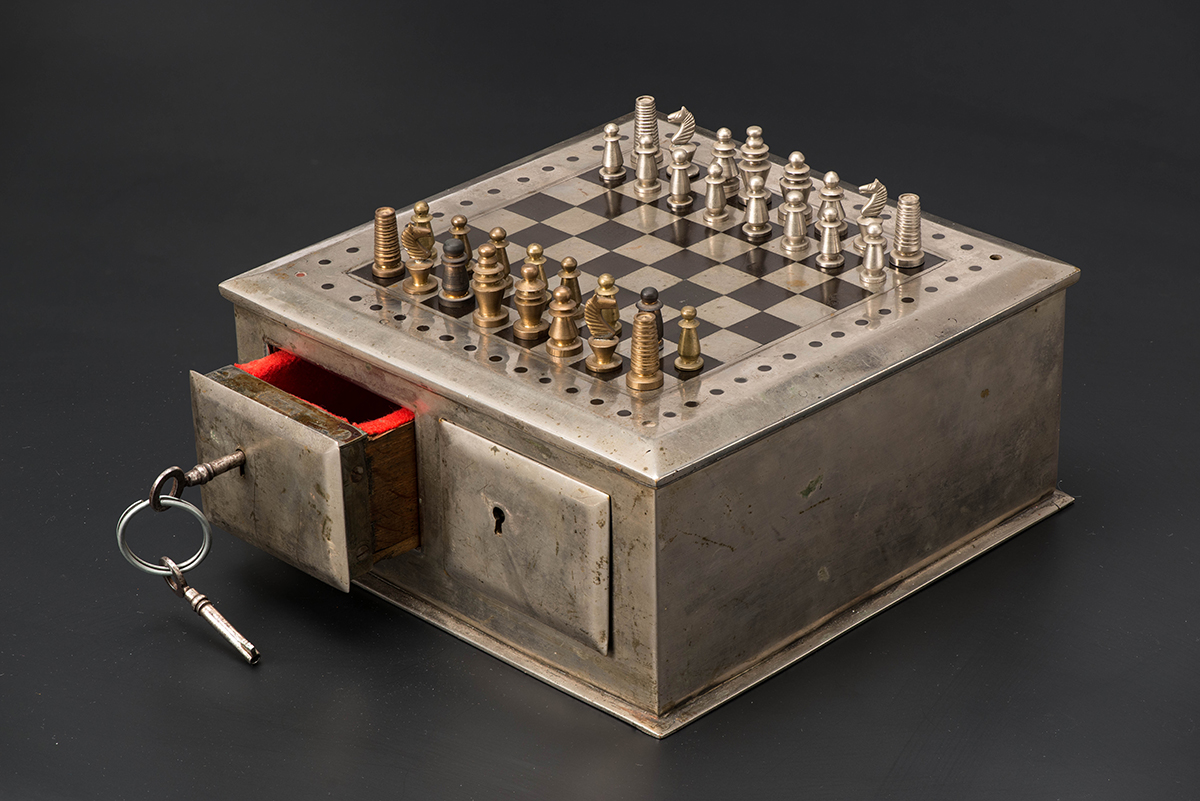
Period
late 19th centuryPlace
Germany
Category
The Game
Travel chess set with metal chessboard box
A landmark of the 19th century industrial revolution, today, this metal box can hardly be called a travel set: it is bulky, very heavy for its size and impossible to put in a travel bag, not to mention a pocket. However, it did apparently boast the first-ever magnetic pieces, which did not slip off the board in jolting trains or on rocking transatlantic steamers. And, for safety purposes, the box has lockable sliding drawers for chess pieces, finished with red cloth on the inside.
1 of 3
Period
1890’s-1904Place
United Kingdom
Category
The Game
Fattorini chess clock
The Fattorini & Sons chess clock is a pendular mechanical clock made by the watchmaking company Fattorini & Sons of Bradford, England between 1887 and 1904. The chess clock is formed by a wrought iron rectangular base of great weight that gives stability to the set, where the brand of the manufacturer company ‘Fattorini & Sons, Bradford’ is printed. Above the base there is a rocker also made of wrought iron and on the rocker stand two twin clocks made of chromed metal. Below the clocks pendulums can be seen that act as a mechanism for driving both clocks. In such a way that the clock that appears horizontally will be the one that is in operation thanks to the movement of its pendulum, when the player made his move he would tilt his clock that stopped and simultaneously that of the opponent was placed horizontally, starting to work thanks to your pendulum. The Fattorini & sons chess clock began on sale in 1887, as you can see in an advertisement published in the British chess magazine ‘British Chess Magazine’ of 1897 (Volume XVII, No. 199), in which you can read: “These clocks are used in all the Masters’ International and National Tournaments, North versus South of England, and all important County and Club matches.” The company Fattorini & Sons was a jewelry business established by a family of Italian immigrants headed by Antonio Fattorini. They arrived in the British city of Leeds, in Yorkshire, England in 1827. Antonio established a series of outlets specialized in jewelry, watches and other luxury items. In the 1850s he opened a store in Bradford with two of his sons. In 1883 the company made the first chess clock comprising two linked pendulum clocks, in 1887 they manufactured this pendulum clock model. The chess clock Fattorini & sons has been used in tournaments and chess championships in the United Kingdom especially in the 1890s.

